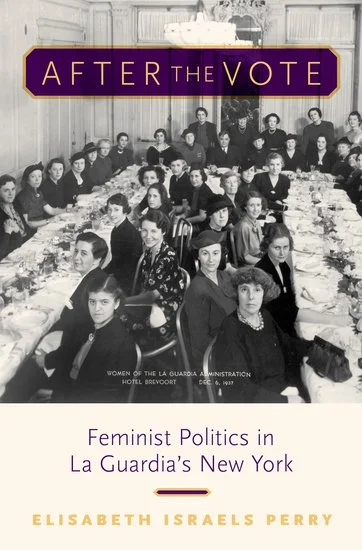Suffrage and the City: New York Women Battle for the Ballot
Reviewed by Susan Goodier
Just when we thought there simply couldn’t be another thing to say about the New York women’s suffrage movement, Lauren Santangelo presents us with an immaculately researched, well-written book that adds a new and provocative dimension to the topic. At the center of this monograph is New York City itself, with its myriad public spaces and its fascinating complexity, and Santangelo draws us into her rendition of suffragism in the city that never sleeps. Suffrage and the City does not presume to replace the historiography of the movement, but it raises the bar for casting a wide net for sources, for contextualization of a social movement, and for bringing a historical period (in this case, the Gilded Age and Progressive Era) to life. She convincingly argues that the city—Manhattan in particular—is more than a setting; it is an essential part of the drama of the women’s suffrage movement.
Read More









